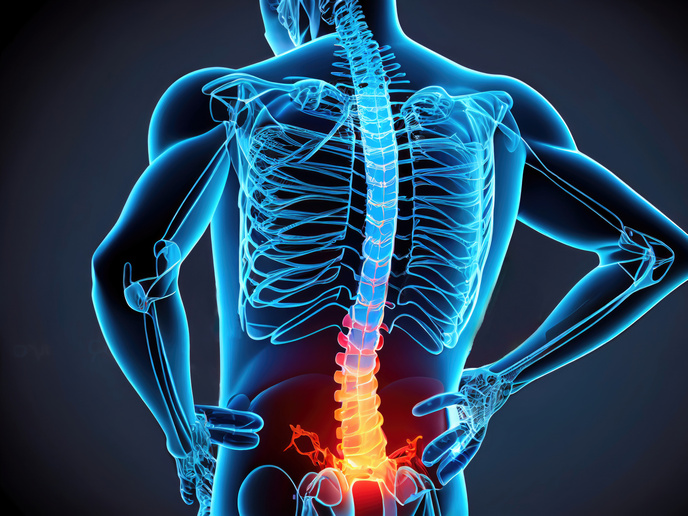Epilepsy at the molecular level
Recent breakthroughs in science reveal that microRNAs (miRNAs) affect brain cell structure as well as function. miRNAs are non-coding RNA molecules critical for network-level regulation of gene expression. Epilepsy is a neurological disorder characterised by recurring seizures that may be associated with changes to brain levels of specific miRNAs that not only can serve as diagnostic/ prognostic markers, but that are also prime targets for novel approaches to treat epileptic seizures. Under the aegis of the 'MicroRNAs in the pathogenesis, treatment and prevention of epilepsy' (EPIMIRNA)(opens in new window) project, scientists are working on identifying miRNA that are altered during epilepsy development and determining their contribution to epilepsy pathogenesis. For this purpose, they analyse miRNA levels in brain tissue and biofluids from different animal models as well as from epilepsy patients. This project has set up already a high-throughput miRNA biofluid profiling platform that is highly sensitive and shows good reproducibility. Necessary protocols, cell lines and reporter assays for validating results with candidate miRNAs have been established. While only at an early stage, specific microRNA profiles that may serve as diagnostic markers and/or become therapeutic targets have already been identified, f.ex. miRNA-134 was found to be upregulated in people with epilepsy. Small, chemically modified double-stranded RNAs that mimic endogenous miRNAs to selectively upregulate miRNA expression, were made and tested. A smart diagnostic 'combi' device has been developed and is clinically being tested in the project that allows for intracortical EEG and microdialysis sampling (to monitor miRNA levels) at the same time. After obtaining the requisite ethical approvals, patient recruitment and sample collection is ongoing to investigate variants in miRNA sequence in the genome of epilepsy patients. In parallel, researchers developed a computational model of a hippocampal pyramidal neuron along with single cell imaging methods. This will prove useful in quantifying neuronal excitability during miRNA-mediated changes. Project activities will help identify miRNAs linked to epilepsy and improve our knowledge about this serious and disabling brain disease. This should prove useful in developing effective diagnostic and therapeutic strategies. Successful outcomes will improve the prognosis for millions of patients with epilepsy while boosting the competitiveness of the European biomedical industry.







